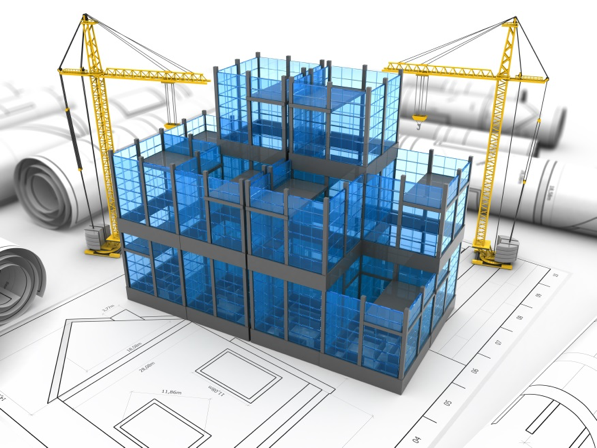In the realm of modern construction, Building Information Modeling (BIM) has emerged as a transformative technology that significantly enhances the efficiency and accuracy of structural design and construction processes. BIM structural modeling services offer a comprehensive approach to project planning, design, coordination, and execution, ultimately leading to more efficient and cost-effective construction outcomes. Let’s delve into the details of how BIM structural modeling services contribute to achieving efficient construction practices.
Understanding BIM Structural Modeling
BIM is a collaborative process that utilizes digital representations of physical and functional characteristics of a facility. In the context of structural engineering and construction, BIM structural modeling involves creating a 3D digital model of a building’s structure, incorporating detailed information about materials, components, and spatial relationships. This model serves as a centralized repository of project data, facilitating seamless collaboration and communication among architects, engineers, contractors, and other stakeholders throughout the project lifecycle.
Key Services Offered by BIM Structural Modeling
Detailed 3D Modeling
BIM facilitates the creation of detailed 3D models that accurately represent the structural elements of a building, including columns, beams, slabs, and foundations. These models provide a clear visualization of the project, enabling stakeholders to identify potential clashes, optimize designs, and make informed decisions early in the planning phase.
Structural Analysis and Simulation
BIM Structural Modeling Services allows for sophisticated structural analysis and simulation, helping engineers evaluate the performance of building designs under various conditions such as loads, stresses, and environmental factors. This analysis ensures structural integrity and safety while optimizing material usage and minimizing construction costs.
Coordination and Clash Detection
One of the significant advantages of BIM is its ability to detect clashes and coordination issues before construction begins. BIM models integrate architectural, structural, and MEP (mechanical, electrical, plumbing) systems, enabling clash detection and resolution during the design phase. This proactive approach mitigates costly rework and delays during construction.
Quantity Takeoff and Cost Estimation
BIM software can automatically generate accurate quantity takeoffs based on the 3D model, streamlining the estimation of material quantities and associated costs. This data-driven approach enhances cost certainty and supports effective budget management throughout the project lifecycle.
Construction Planning and Sequencing
BIM facilitates the development of detailed construction plans and sequencing strategies based on the virtual model. By visualizing the construction process in advance, project teams can optimize workflows, enhance safety protocols, and minimize on-site disruptions.
Collaborative Project Management
BIM serves as a centralized platform for collaborative project management, allowing stakeholders to share real-time information, track changes, and maintain version control. This transparency improves communication and coordination among multidisciplinary teams, fostering a more integrated approach to project delivery.
Benefits of BIM Structural Modeling
Improved Design Coordination
BIM facilitates interdisciplinary collaboration by integrating architectural, structural, and MEP systems into a single model. This coordination minimizes conflicts and ensures that design decisions consider all aspects of the building’s construction.
Enhanced Visualization and Communication
Visualizing the project in 3D enhances stakeholders’ understanding of design intent and construction sequencing. This visual clarity improves communication and facilitates stakeholder buy-in, leading to smoother project execution.
Optimized Resource Utilization
By providing accurate quantity takeoffs and material specifications, BIM helps optimize resource utilization, reducing waste and minimizing construction costs. This data-driven approach supports sustainable construction practices.
Early Issue Identification
BIM enables proactive issue identification and resolution during the design phase, reducing the likelihood of costly rework and schedule delays during construction. Clash detection and structural analysis help mitigate risks and ensure project quality.
Streamlined Construction Management
Centralized project data and collaborative workflows streamline construction management, enabling real-time updates and improved decision-making. This efficiency accelerates project timelines and enhances overall project outcomes.
Conclusion
BIM structural modeling services play a pivotal role in enhancing the efficiency and effectiveness of construction projects. By leveraging advanced digital technologies, BIM enables comprehensive project planning, design optimization, and seamless collaboration among stakeholders. The benefits of BIM, including improved design coordination, enhanced visualization, optimized resource utilization, and streamlined construction management, underscore its importance in achieving efficient and sustainable construction practices. As the construction industry continues to embrace innovation, BIM remains a cornerstone technology that drives progress towards safer, smarter, and more efficient built environments.











